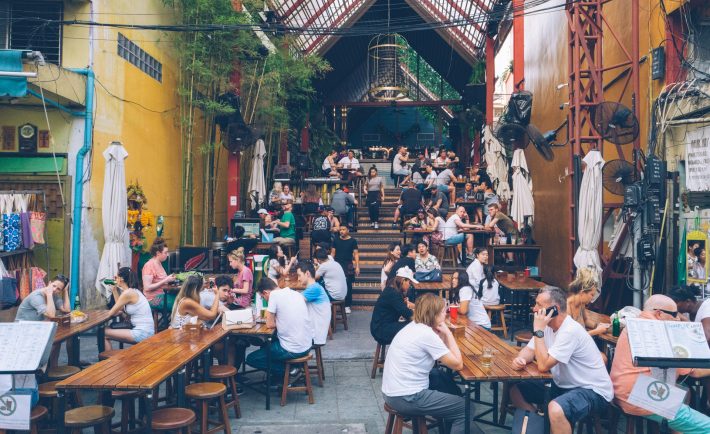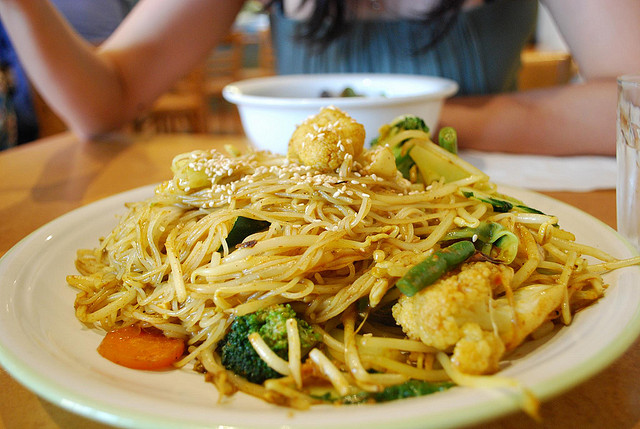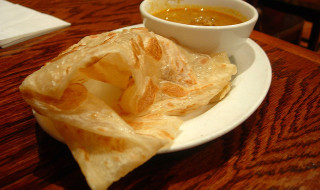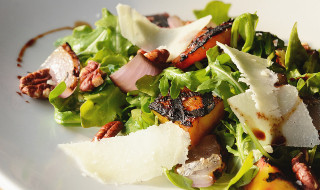Dining out in Singapore is an experience that blends a diverse culinary scene with sophisticated ambiance. However, have you ever wondered why you sometimes end up spending more than you planned? Well, restaurants are masters of subtle psychological and environmental techniques designed to encourage you to indulge.
Here are some clever tricks they use to make you open your wallet wider.
MENU MANIPULATION
Menus in Singaporean restaurants are often carefully crafted to guide your choices and increase spending. High-margin items are highlighted with pictures, bold fonts, or boxes around them to grab your attention. Expensive items are strategically placed next to moderately priced ones to make the latter seem more reasonable.
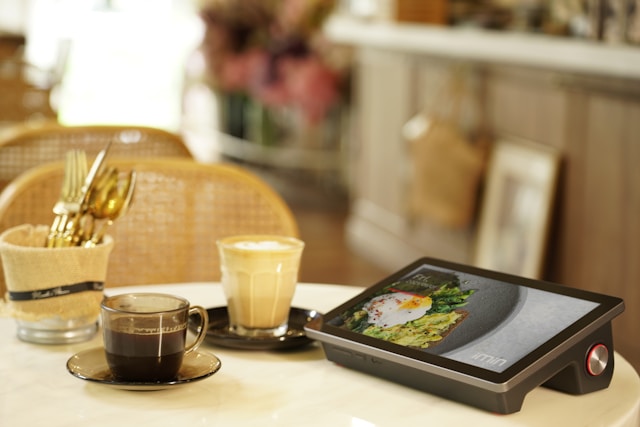
Image Credits: unsplash.com
Fewer choices can actually increase your likelihood of ordering high-profit items. When overwhelmed with too many options, diners tend to choose the familiar or highlighted options.
ENVIRONMENTAL INFLUENCE
The environment in which you dine significantly impacts how much you spend. Soft lighting and mellow music create a relaxing atmosphere, making diners more likely to order additional courses or drinks. Larger tables and comfortable seating can encourage longer stays and more orders. Conversely, smaller tables can make you feel cramped, potentially leading you to leave sooner and spend less.
PORTION CONTROL TACTICS
Restaurants often employ portion control tricks to maximize profit. Waitstaff are trained to suggest larger portions or additional sides, often making these suggestions sound like deals you can’t refuse. Smaller portions on larger plates can make the dish seem more luxurious and justify a higher price.
PRICING STRATEGIES
Prices are rarely rounded off, and there’s a reason for that! A dish priced at S$9.99 instead of S$10.00 makes it appear cheaper, even though the difference is negligible. This tactic, known as charm pricing, is widely used because it effectively tricks your brain into perceiving a better deal.
STRATEGIC SEATING ARRANGEMENTS
Where you sit can also influence your spending. Window seats and central locations are prime spots often reserved for larger groups or those ordering more, subtly encouraging you to spend more to “earn” the better view. Positioning the bar where it’s highly visible and accessible encourages diners to start with drinks, increasing the overall bill.
PROMOTIONAL PRESSURE
Creating a sense of urgency can drive spending. Limited-time offers and seasonal dishes create a FOMO, prompting you to order these items before they disappear. Moreover, bundling items together at a slight discount encourages you to spend more than you might have planned. Not to mention, happy hour specials and exclusive deals also contribute significantly to this effect.
SOCIAL INFLUENCE
The power of suggestion is another subtle but effective strategy. Highlighting “chef’s specials” or “most popular” dishes can guide your choices, leading you to order higher-margin items. Personal recommendations from friendly waitstaff can be hard to resist, especially if they are trained to suggest higher-profit items.
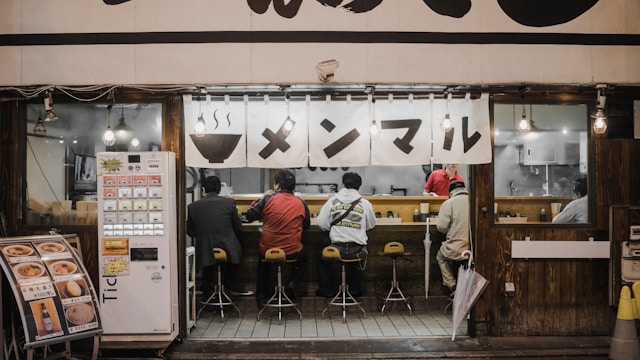
Image Credits: unsplash.com
Understanding how restaurants influence your spending can help you make more mindful choices while still enjoying the rich culinary experiences the country has to offer. Remember, being aware of these tricks doesn’t mean you can’t indulge; it just means you’re doing so on your own terms!

